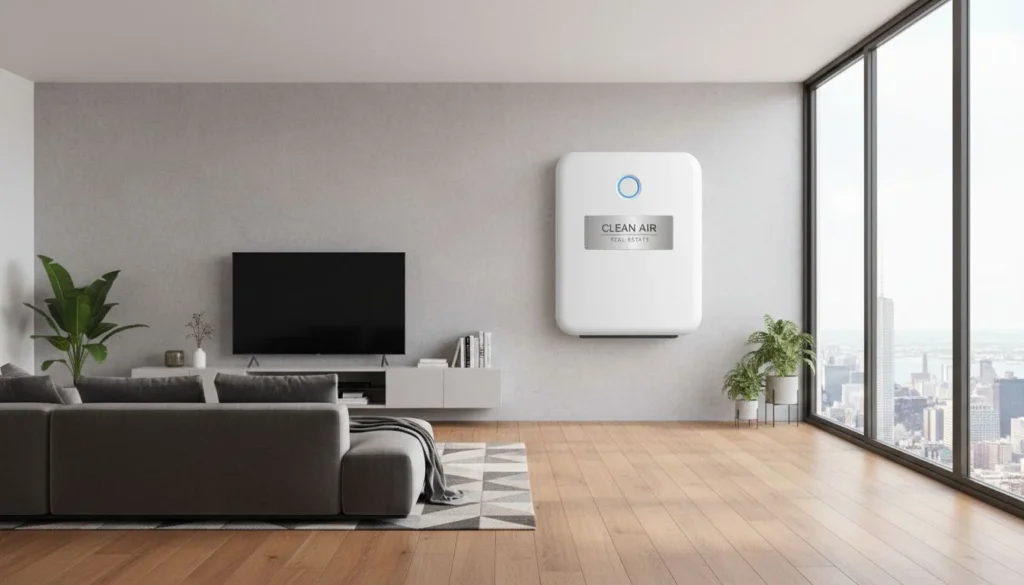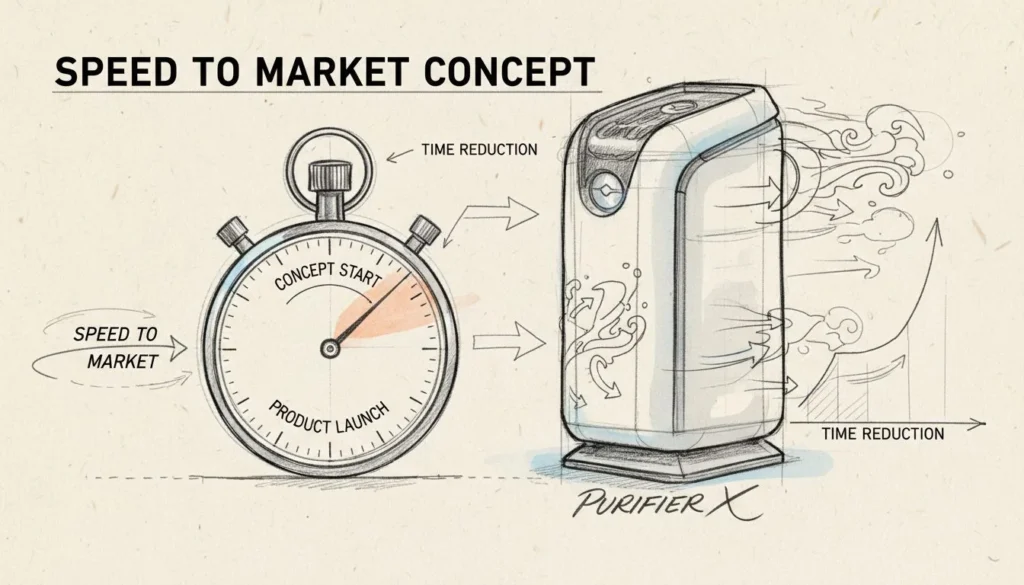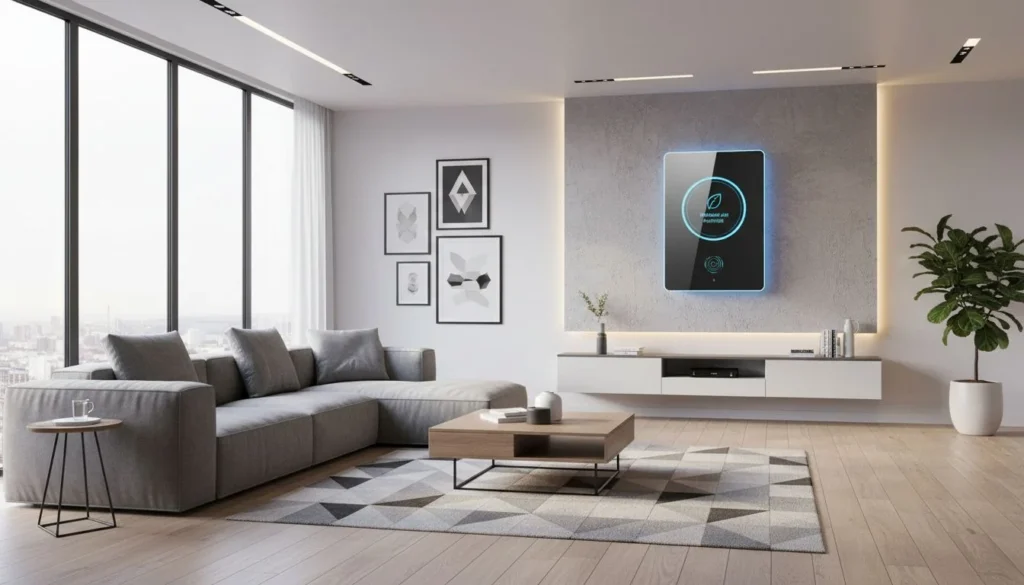
Принимая решение о том, где производить воздухоочистители, можно почувствовать себя на распутье, каждый путь которого ведет к разным возможностям и проблемам.
Китай, как правило, лидирует в производстве воздухоочистителей благодаря обширной цепочке поставок, передовым технологиям и экономически эффективному производству. Однако Таиланд становится альтернативой из-за геополитических факторов и тарифных соображений.
Хотя доминирование Китая очевидно, растущую роль Таиланда нельзя упускать из виду. Давайте подробнее рассмотрим сильные и слабые стороны обеих стран, чтобы помочь вам принять взвешенное решение.
Производство воздухоочистителей в Китае более рентабельно, чем в Таиланде.Правда
Более низкая стоимость рабочей силы в Китае и экономия на масштабе производства делают его более рентабельным.
Что делает Китай лидером в производстве воздухоочистителей?
Успех Китая в производстве воздухоочистителей обусловлен надежной цепочкой поставок и технологическими достижениями.
Китай занимает лидирующие позиции в производстве воздухоочистителей благодаря разветвленной цепочке поставок, передовым технологиям и экономичности.
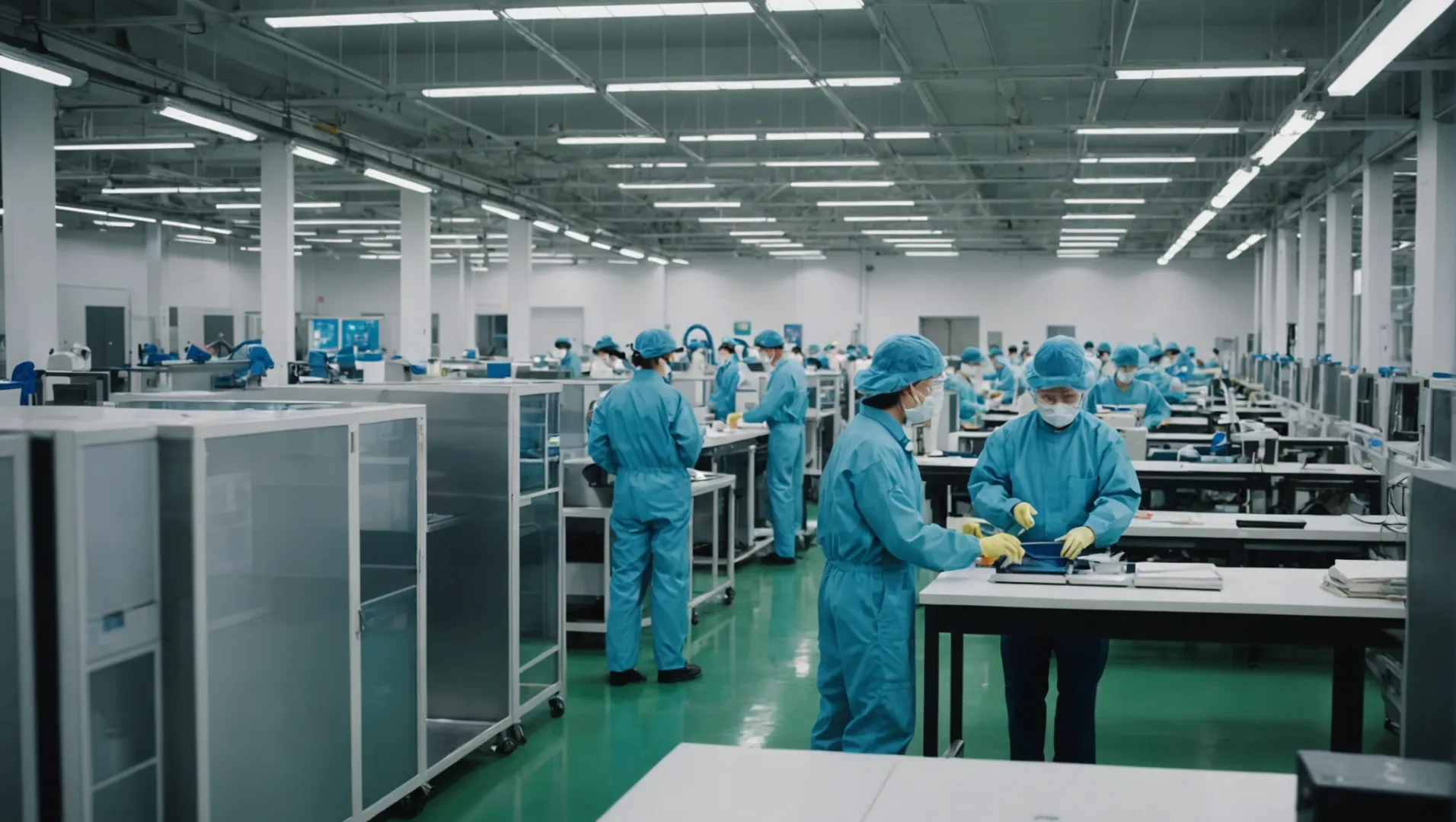
Комплексная цепочка поставок
Доминирующее положение Китая в производстве воздухоочистителей во многом объясняется его хорошо налаженным производством. сеть поставок1. Эта запутанная сеть поставщиков и производителей обеспечивает бесперебойную поставку сырья и компонентов, что значительно сокращает сроки и затраты. Возможность получать все необходимые детали внутри страны позволяет производителям быстро реагировать на запросы рынка.
Технологические достижения
Инвестиции китайского правительства в технологии подняли производственный потенциал страны на новую высоту. Передовая автоматизация и инновационные производственные технологии2 позволяют эффективно производить высококачественные воздухоочистители. Китайские производители находятся в авангарде интеграции интеллектуальных технологий, таких как IoT (Интернет вещей) в воздухоочистители, повышая их функциональность и привлекательность для потребителей.
Экономически эффективное производство
Поскольку стоимость рабочей силы остается относительно низкой по сравнению с другими промышленно развитыми странами, Китай сохраняет конкурентное преимущество в стоимости производства. Эффект масштаба, достигаемый при крупномасштабном производстве, еще больше снижает стоимость единицы продукции, делая китайские воздухоочистители более доступными для мировых потребителей.
Стратегическое географическое положение
Стратегическое расположение Китая обеспечивает легкий доступ к азиатским и мировым рынкам. Это географическое преимущество позволяет производители3 эффективно и экономично распространять свою продукцию, охватывая более широкую клиентскую базу.
Проблемы и соображения
Несмотря на эти преимущества, такие проблемы, как рост стоимости рабочей силы и экологические нормы, представляют угрозу для доминирующего положения Китая. Кроме того, глобальный политический ландшафт и напряженность в торговле требуют стратегических изменений в размещении производства для снижения рисков. Принятие стратегии "Китай+1", в рамках которой компании диверсифицируют свою производственную базу за пределами Китая, становится все более популярным среди предприятий, стремящихся сбалансировать риски и возможности.
В целом, Китай лидирует в производстве воздухоочистителей благодаря развитой инфраструктуре и технологическому мастерству, однако происходящие геополитические изменения требуют от производителей внимательного подхода при планировании производственных стратегий.
Китайская цепочка поставок воздухоочистителей в основном является международной.Ложь
Китайская цепочка поставок воздухоочистителей в основном внутренняя.
Китайские воздухоочистители часто оснащаются функциями IoT.Правда
Китайские производители внедряют в очистители умные технологии, такие как IoT.
Как тарифы влияют на выбор производства воздухоочистителей?
Тарифы оказывают существенное влияние на выбор места производства воздухоочистителей, влияя как на стоимость, так и на стратегию.
Тарифы могут вынудить производителей перенести производство воздухоочистителей, увеличив затраты, что повлияет на стратегические решения по выбору поставщиков и местоположения.
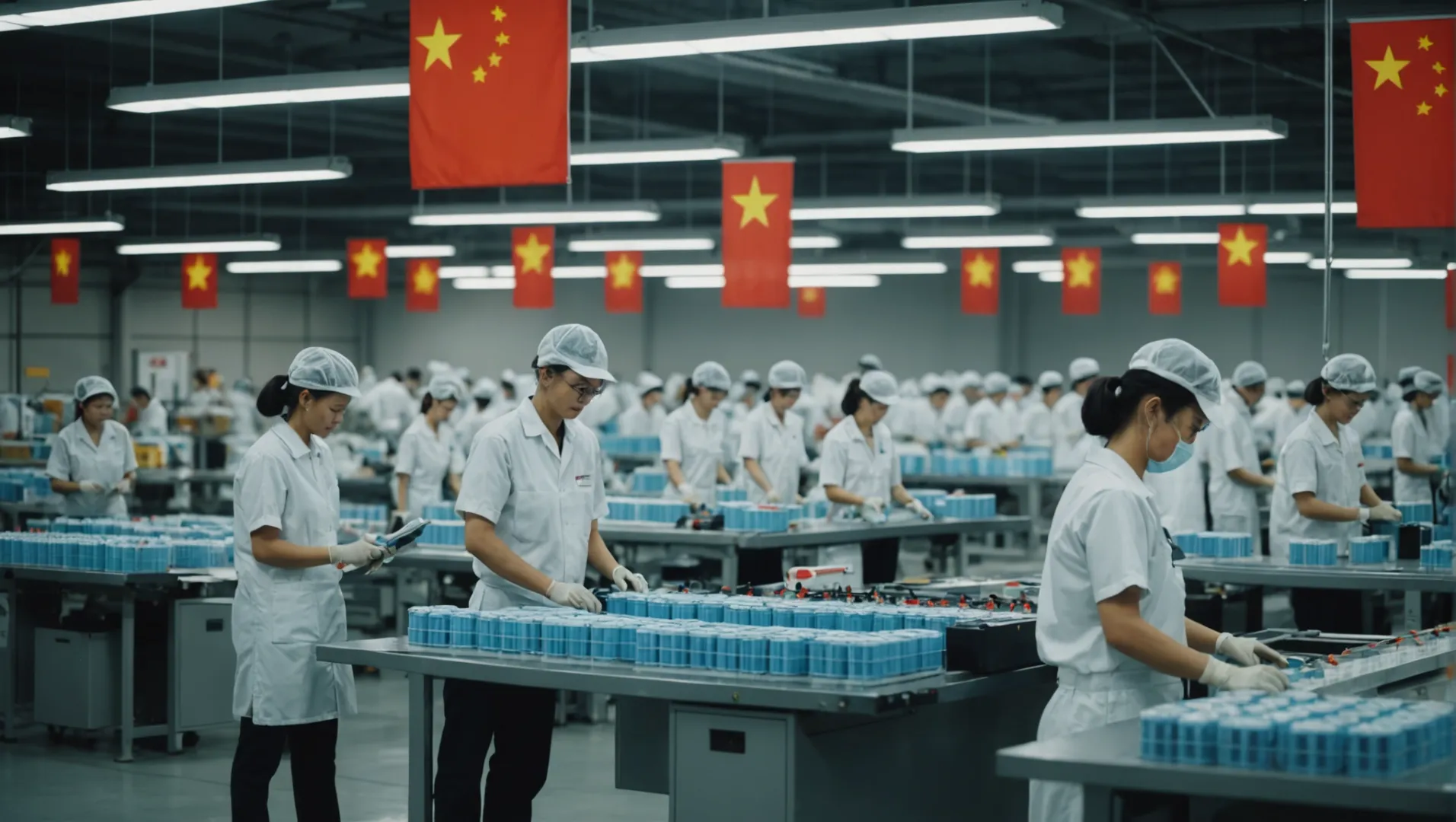
Понимание тарифов и их последствий
Тарифы - это налоги, которыми облагаются импортные товары, и они могут оказывать значительное влияние на динамику мировой торговли. Для производителей воздухоочистителей эти дополнительные расходы могут существенно повлиять на решение о производстве. Например, повышение тарифов на китайский экспорт в США заставило некоторых производителей рассмотреть альтернативные варианты размещения производства, например в Таиланде.
Тарифные проблемы Китая
После того как США ввели тарифы на китайский импорт, производители воздухоочистителей столкнулись с ростом расходов. Такой сценарий заставляет компании задуматься о том, стоит ли брать на себя дополнительные расходы или перенести производство в другую страну. Решающими факторами являются уровень тарифов и разница в стоимости производства в Китае и других странах.
Например, если США введут тариф 60% на китайские воздухоочистители, выгода от производства в Китае может быть сведена на нет, что сделает Таиланд более привлекательным вариантом, несмотря на несколько более высокие производственные затраты.
| Фактор | Китай | Таиланд |
|---|---|---|
| Влияние на тарифы | Высокий | Низкий |
| Стоимость производства | Нижний | Выше |
| Эффективность цепочки поставок | Превосходно | Разработка |
Возникающая роль Таиланда
Таиланд представляет собой жизнеспособную альтернативу для производства воздухоочистителей, особенно в связи с торговыми барьерами. Несмотря на то что Таиланд не может сравниться с Китаем по эффективности и всеобъемлющей цепочке поставок, он обладает стратегическим преимуществом, избегая высоких тарифов. Это очень важно для поддержания конкурентоспособных цен на американском рынке.
Тем не менее, производители должны управлять Сотрудничество в области НИОКР4 между китайскими и тайскими командами для обеспечения непрерывности разработки продукта.
Стратегические соображения для производителей
Решение о переносе производства в связи с тарифами предполагает анализ нескольких факторов: логистической целесообразности, управления цепочкой поставок и потенциальных рисков. Стратегия "Китай+1", предусматривающая диверсификацию производства в нескольких странах, набирает обороты как средство снижения рисков, связанных с тарифами.
Исследование альтернативные рынки5 Например, Юго-Восточная Азия не только помогает избежать тарифов, но и открывает новые потребительские базы. Однако переход требует тщательного планирования и инвестиций в создание местного потенциала.
В конечном итоге, несмотря на то, что тарифы могут сильно повлиять на выбор производства, они также открывают возможности для стратегической перестройки и инноваций в управлении цепочками поставок.
Тарифы на китайский экспорт в США составляют 60%.Правда
В контексте упоминается тариф 60% на китайские воздухоочистители в США.
Производственные затраты в Таиланде ниже, чем в Китае.Ложь
Производственные затраты в Таиланде выше, чем в Китае, в соответствии с контекстом.
Каковы преимущества производства воздухоочистителей в Таиланде?
Изучение Таиланда как центра производства воздухоочистителей позволяет выявить стратегические преимущества в условиях меняющейся динамики мировой торговли.
Производство воздухоочистителей в Таиланде имеет такие преимущества, как снижение тарифов для американских рынков, стратегическое расположение в Юго-Восточной Азии и развивающийся производственный потенциал, что делает его жизнеспособной альтернативой Китаю.
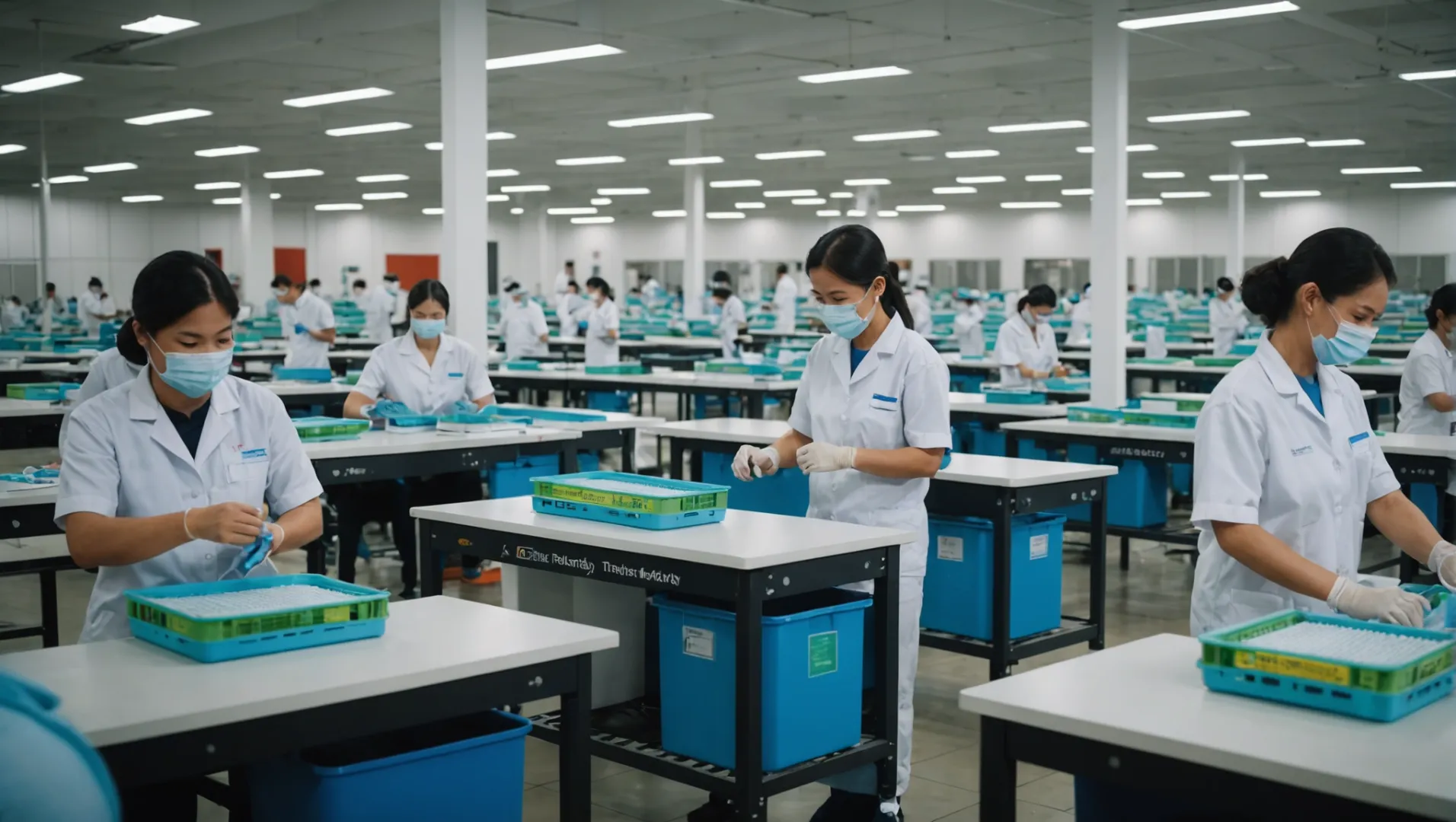
Стратегическое геополитическое положение
Расположение Таиланда в Юго-Восточной Азии выгодно для компаний, стремящихся Освоение рынков стран АСЕАН6. Благодаря близости к основным азиатским странам, производители могут легко получить доступ к широкому спектру сырья и эффективно распределять продукцию по всему региону.
Тарифные льготы
В последние годы торговая политика создала проблемы для производства в Китае, особенно в связи с повышением тарифов на экспорт в США. Таиланд предлагает стратегическое преимущество, поскольку продукция, произведенная в Таиланде, может обойти некоторые из этих тарифов, снижая затраты для компаний, нацеленных на американский рынок.
Развивающиеся производственные возможности
Хотя китайская инфраструктура для производства не имеет себе равных, Таиланд стремительно развивает собственные возможности. Инвестиции в индустриальные парки и технологические центры растут, предоставляя компаниям новые возможности для создания современных и эффективных производственных мощностей.
| Фактор | Китай | Таиланд |
|---|---|---|
| Цепочка поставок | Всеобъемлющий | Разработка |
| Тарифы (рынок США) | Высокий | Нижний |
| Стоимость производства | Нижний | Немного выше |
| Инфраструктура НИОКР | Расширенный | Выращивание |
Проблемы и соображения
Несмотря на эти преимущества, производство воздухоочистителей в Таиланде сопряжено с определенными трудностями. Большинство компонентов и сырья по-прежнему приходится импортировать из Китая, что может увеличить стоимость производства на 10-15%. Кроме того, создание базы исследований и разработок (R&D) в Таиланде может потребовать дополнительных инвестиций из-за нехватки опытных специалистов в этой области.
Чтобы использовать преимущества производства в Таиланде, компании часто придерживаются двойной стратегии. Они сохраняют свои научно-исследовательские и опытно-конструкторские подразделения в Китае, чтобы использовать имеющийся опыт, и переносят производство в Таиланд, чтобы воспользоваться преимуществами более низких тарифов и расширить свой рыночный охват. Эта стратегия "Китай+1" становится все более популярной среди компаний, стремящихся диверсифицировать цепочки поставок7.
Таиланд предлагает более низкие тарифы на экспорт воздухоочистителей из США.Правда
Торговые соглашения Таиланда позволяют снизить тарифы по сравнению с Китаем.
Производственные затраты в Таиланде ниже, чем в Китае.Ложь
Производственные затраты в Таиланде несколько выше, чем в Китае.
Является ли стратегия "Китай+1" будущим производства воздухоочистителей?
Стратегия "Китай+1" набирает обороты среди производителей, стремящихся диверсифицировать свои производственные базы за пределами Китая.
Стратегия "Китай+1" предполагает, что производители дополняют свои китайские предприятия мощностями в других странах, снижая риски, такие как тарифы и геополитическая напряженность. Для производства воздухоочистителей эта стратегия обеспечивает непрерывность и гибкость цепочек поставок, что делает ее привлекательным выбором для будущих производственных ландшафтов.
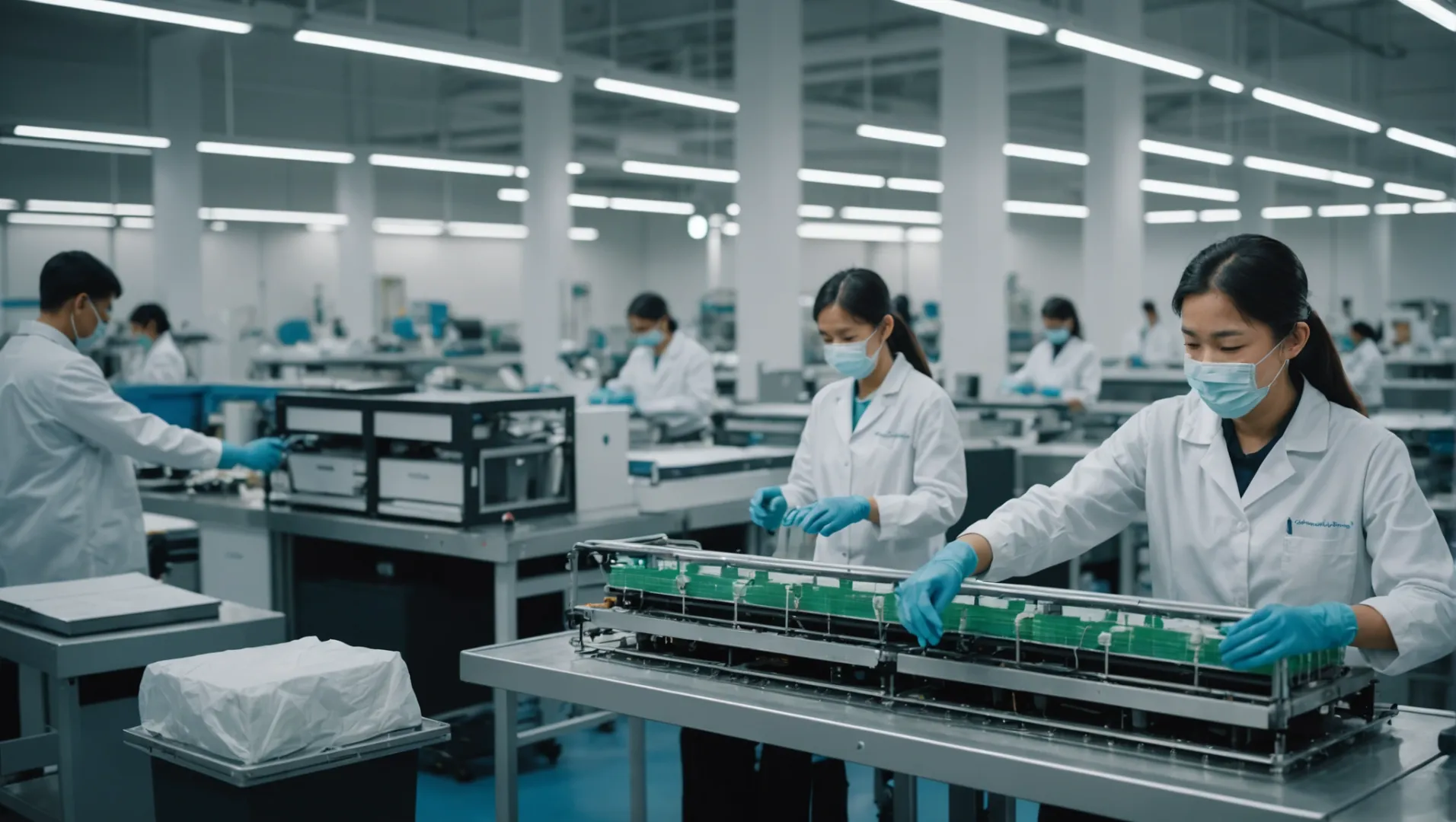
Понимание стратегии "Китай+1"
Стратегия "Китай+1" - это бизнес-подход, при котором компании создают дополнительные производственные мощности за пределами Китая, сохраняя при этом свою деятельность на территории страны. Эта стратегия возникла как ответ на растущую торговую напряженность, введение тарифов и необходимость диверсификации цепочки поставок. Для производителей воздухоочистителей принятие этой стратегии может стать буфером против потенциальных сбоев.
Преимущества диверсификации в производстве
-
Снижение рисков: Расширяя производство в другой стране, компании снижают свою зависимость от одного места. Это особенно полезно в ситуациях, когда тарифы или политические проблемы могут повлиять на работу. В случае с воздухоочистителями, которые часто зависят от сложных цепочек поставок, наличие вторичной производственной базы может предотвратить дорогостоящие задержки.
-
Управление затратами: Несмотря на то что производственные затраты в Китае в целом ниже, такие страны, как Таиланд, открывают возможности для конкурентоспособного ценообразования с учетом тарифов и логистических расходов. Например, если тарифы США на китайские товары значительно вырастут, производство в Таиланде, несмотря на несколько более высокие производственные затраты, может стать более экономичным благодаря снижению тарифного бремени.
-
Доступ на рынок: Присутствие в нескольких странах может облегчить доступ к различным рынкам. Для компаний, производящих очистители воздуха, наличие производственных баз ближе к ключевым рынкам, таким как Юго-Восточная Азия, может привести к ускорению сроков поставки и потенциальному снижению стоимости доставки.
Проблемы и соображения
Несмотря на преимущества, реализация стратегии "Китай+1" сопряжена с определенными трудностями:
-
Сложность цепи поставок: Управление цепочками поставок в нескольких странах может усложнить логистику. Большинство компонентов и сырья для воздухоочистителей по-прежнему приходится импортировать из Китая, что может свести на нет некоторые выгоды от диверсификации.
-
Распределение ресурсов: Для поддержания эффективности требуется стратегическое распределение ресурсов между первичными и вторичными производственными площадками. Компаниям может потребоваться инвестировать в обучение и развитие местных команд НИОКР, чтобы обеспечить постоянное качество продукции и инновации.
-
Культурные и нормативные различия: Работа с различными нормативными документами и культурными нюансами может создать дополнительные трудности. Налаживание партнерских отношений с местными жителями и понимание региональных норм и правил необходимы для бесперебойной работы.
Перспективы развития производителей воздухоочистителей
Стратегия "Китай+1" способна сыграть решающую роль в формировании будущего производства воздухоочистителей. Поскольку динамика мировой торговли продолжает меняться, компании, которые адаптируются к ней путем диверсификации производства, скорее всего, будут более устойчивы и конкурентоспособны на рынке. Изучение сайта дальнейшее изучение тенденций международной торговли8 может дать дополнительные сведения о том, как производители могут оптимизировать свои стратегии для достижения долгосрочного успеха.
Стратегия "Китай+1" снижает зависимость от одного места.Правда
Диверсификация мест производства снижает риски и повышает устойчивость.
Большинство компонентов воздухоочистителей поставляется из Таиланда.Ложь
Компоненты в основном импортируются из Китая, а не из Таиланда.
Заключение
В заключение следует отметить, что взвешивание сильных сторон Китая и новых преимуществ Таиланда очень важно для принятия взвешенных решений по поиску поставщиков. Следите за глобальными тенденциями, чтобы ориентироваться на этом динамичном рынке.
-
Изучите тонкости обширной китайской сети поставок.: Объем китайского рынка воздухоочистителей оценивался в 2,58 млрд долларов США в 2023 году и, как ожидается, будет расти с темпами CAGR 7,6% с 2024 по 2030 год. ↩
-
Узнайте о передовых производственных технологиях, используемых в Китае.: Этот проект состоит из двух частей. Во-первых, башня высотой семь метров всасывает загрязненный воздух и очищает его на наноуровне. Во-вторых, углеродная ... ↩
-
Поймите стратегические географические преимущества Китая для производства..: Типичные региональные преимущества включают доступ к сырью, доступ к комплектующим, дешевую рабочую силу, специализированную рабочую силу или логистику. ↩
-
Узнайте, как сотрудничество в области НИОКР устраняет производственный разрыв между Китаем и Таиландом..: Компания LESHA(Thailand) Co., Ltd. является одним из крупнейших в мире поставщиков фильтров, объединяющих исследования и разработки, производство, продажи и обслуживание. ↩
-
Откройте для себя новые потенциальные рынки в Юго-Восточной Азии для расширения продаж..: По прогнозам, в течение прогнозируемого периода (2024-2029 гг.) рынок воздухоочистителей в Юго-Восточной Азии будет демонстрировать темпы роста CAGR более 10,5%. ↩
-
Узнайте, как рынки АСЕАН могут стимулировать региональное распределение..: Регион АСЕАН продемонстрировал свою способность адаптироваться к изменениям в глобальной экономической среде, при этом страны АСЕАН хорошо подготовлены к ... ↩
-
Узнайте, как диверсификация цепочек поставок может снизить риски..: China Plus One - это стратегия диверсификации, которая привлекла внимание мировой общественности в 2014-2015 годах в связи с ростом стоимости рабочей силы в Китае. ↩
-
Понимание динамики развития торговли для оптимизации производственных стратегий..: Ре-шоринг, ближний шоринг и дружественный шоринг, вероятно, станут более распространенными, поскольку компании реагируют на уязвимость своих поставок... ↩


